Filter by
Awarded Projects (335)
RSS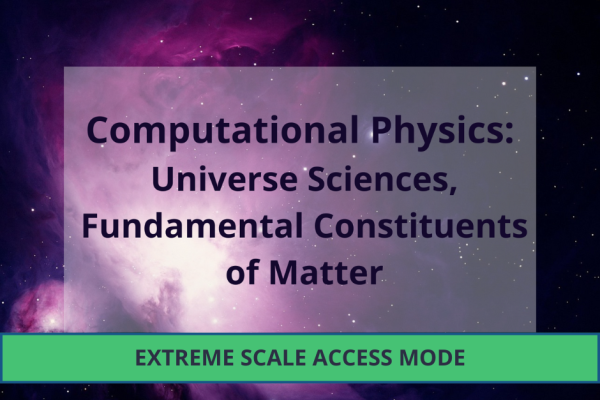
Multimessenger (MM) astrophysics promises to answer some of the most intriguing open questions in Physics, including the nature of gravity, the properties of nuclear matter, the origin of the heaviest elements.
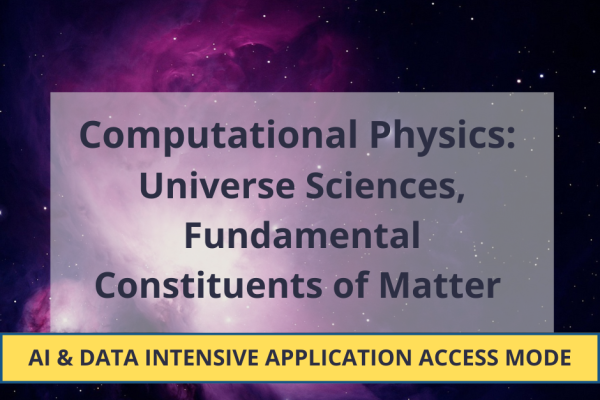
Understanding and simulating strongly correlated quantum systems is a central challenge in modern physics, with applications ranging from high-temperature superconductivity to quantum computing.
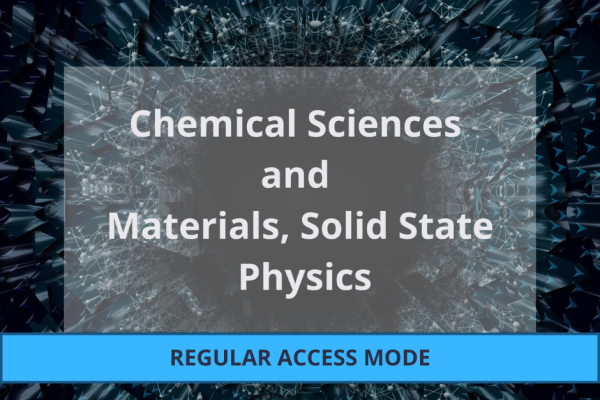
The properties of atoms, molecules and solids could all be computed reliably if we were able to solve the many-electron Schrödinger equation quickly and accurately enough.

The muon, a short-lived cousin of the electron, has provided a longstanding discrepancy between the standard model of particle physics and experimental measurements.
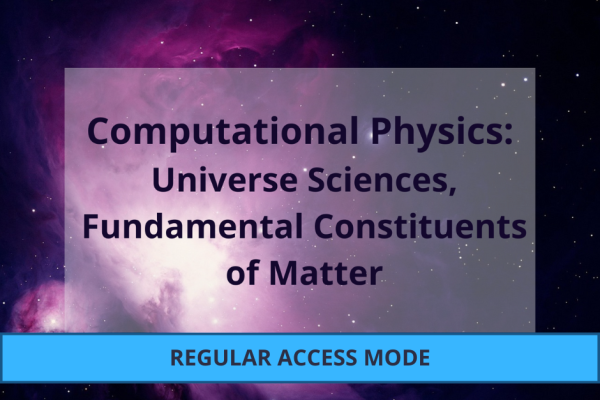
We request CPU and GPU hours of computational resources for calculating the equilibration of quark-gluon plasma (QGP) in high-energy heavy-ion collisions (HICs).

This project seeks to measure the mesonic non-singlet screening masses projected onto the first non-zero Matsubara frequency across a previously-unexplored temperature range, from 1 GeV to 160 GeV, with sub-percent accuracy in the continuum limit.
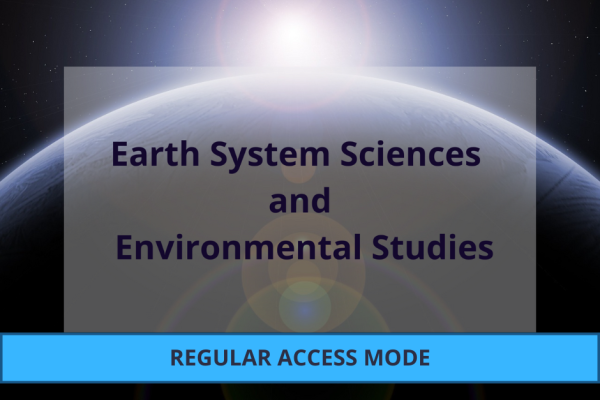
The safe disposal of high-level radioactive wastes arising from nuclear power generation requires that the waste is isolated from the geo-/biosphere for extended timescales, in order to protect humans and the environment against ionising radiation.
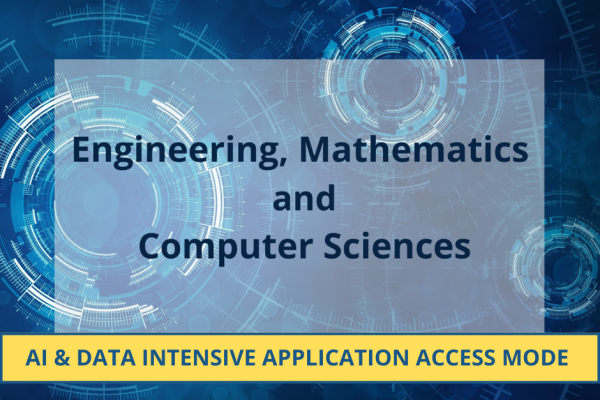
This project focuses on enhancing the function-calling capabilities of large language models (LLMs) by connecting them to curated APIs using OpenAPI specifications.

Proton fast ignition, a variant of laser-driven inertial confinement fusion potentially providing much higher energy gain with lower driver energies, will be studied with the aim of optimising the conversion efficiency of the short-pulse laser into proton beam energy.

The success of this approach relies on the ability to generate a proton beam with the right characteristics to heat and ignite the isochoric DT fuel assembly. At the same time, a quasi-spherical robust and effective DT fuel compression around a re-entrant cone needs to be achieved.